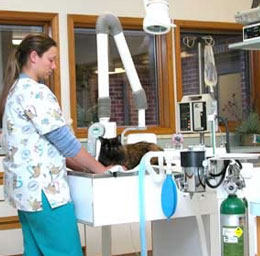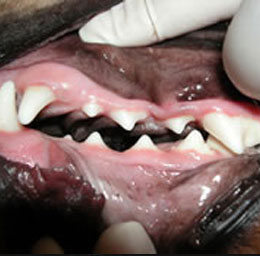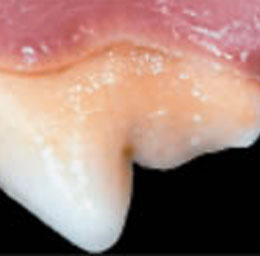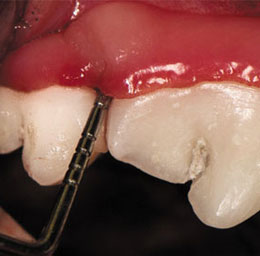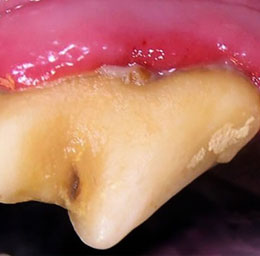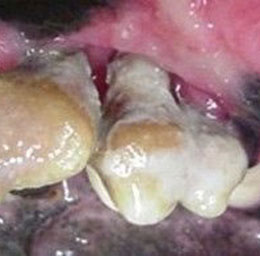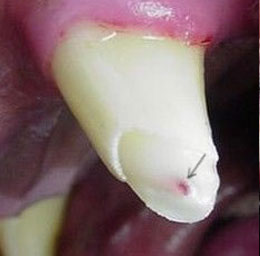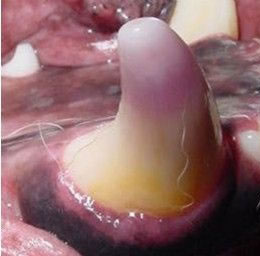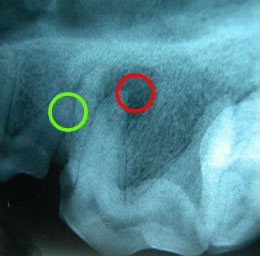



- Foul breath
- Painful inflammation and recession of the gums
- Unsightly and irritating tartar buildup
- Dangerous infection of the heart valves and internal organs
Brushing your pet’s teeth, just like brushing yours, helps keep teeth clean, minimize build-up, and reduce bacteria in the mouth. This results in a cleaner mouth, fresher breath, and a reduced risk of losing those teeth later in life.
If your pet struggles with having a toothbrush in their mouth, start slow! Work to desensitize them to being touched on their head, rubbing their snout, and lifting their lips. The more accustomed your pet is to these actions, the more relaxing it will be for something like a toothbrush to be used inside their mouths.
Doing an examination ensures your pet is in good health and allows us to perform pre-anesthetic bloodwork. We look at white and red blood cell count, platelets, as well as organ function in order to minimize unforeseen risks by making sure your pet is healthy from the inside out!
Anesthesia combines sedatives and anesthetic agents to keep your pet asleep and comfortable. They receive an injection to help them relax, and then an IV to help them drift completely asleep. Once the procedure is finished, anesthetic medication will be slowly reduced and your pet will wake up.
At Morris Animal Hospital, we take pride in comprehensive monitoring while your pet is under anesthesia. A registered veterinary technician has trained eyes and ears on them at all times with the help of machines to monitor EKG, blood pressure, temperature, and blood oxygen level.



